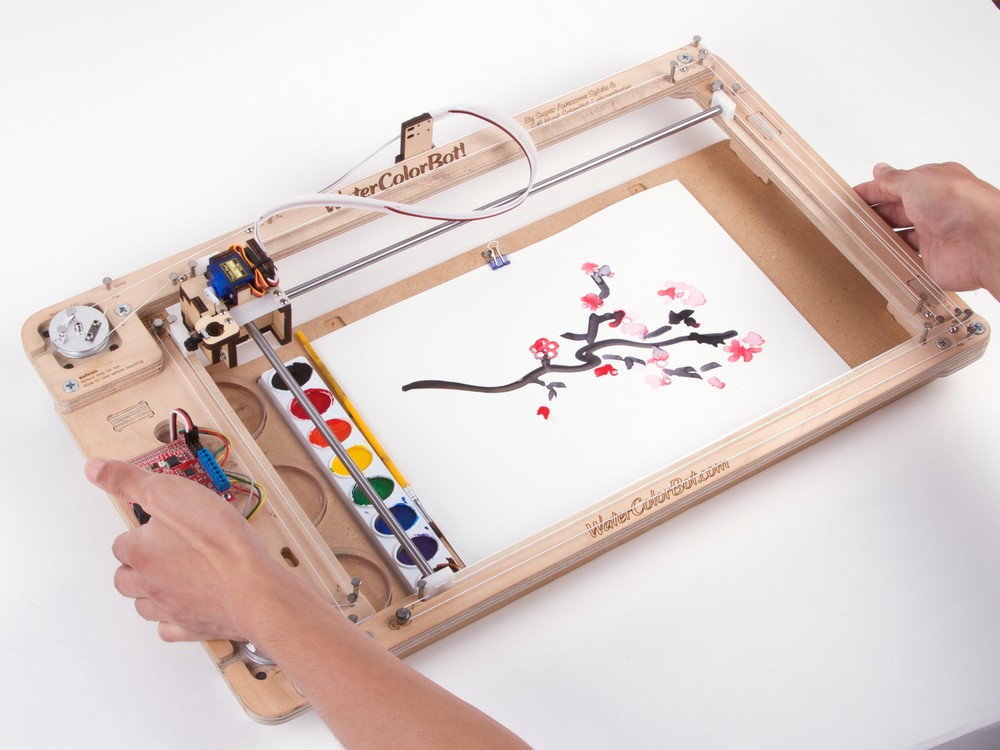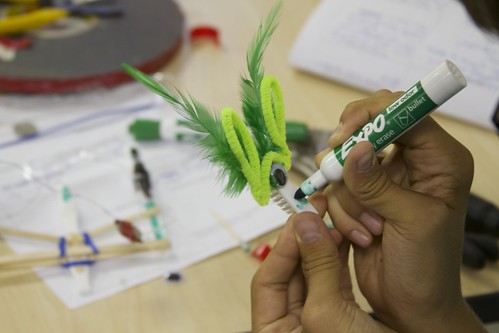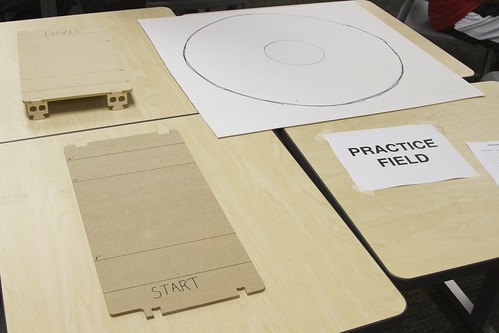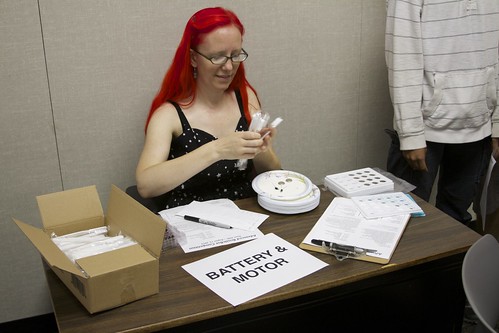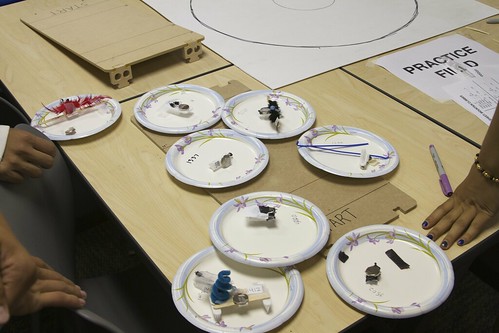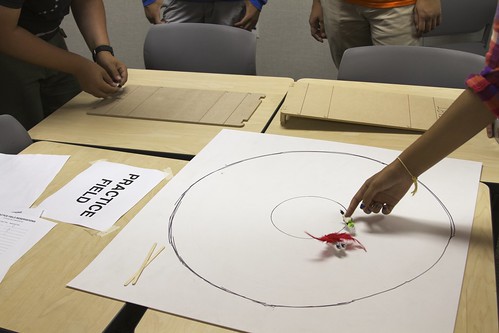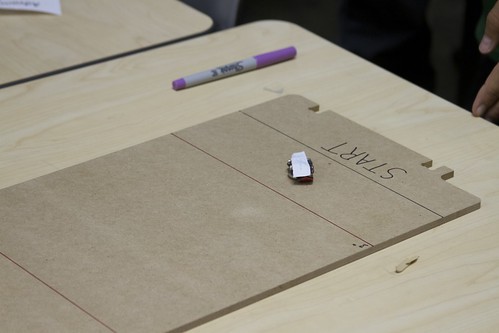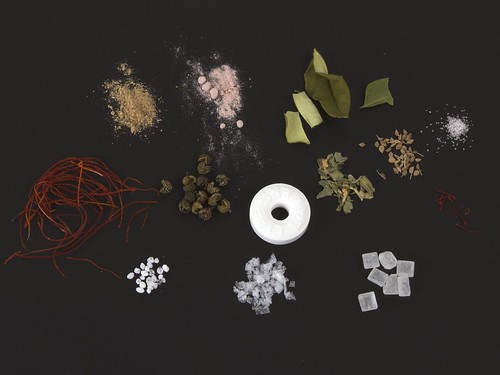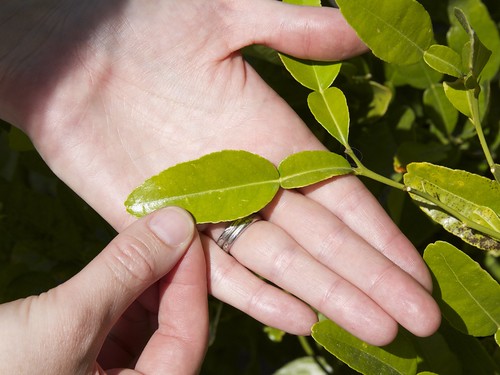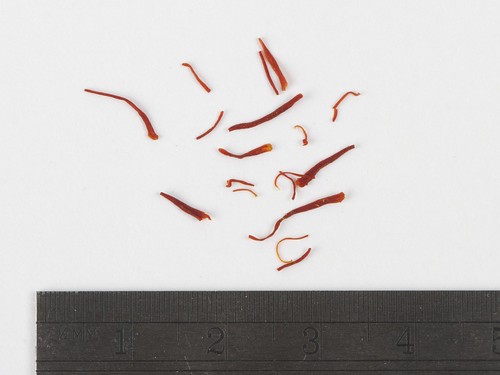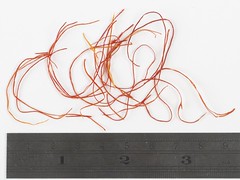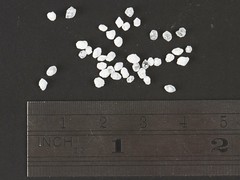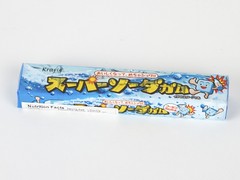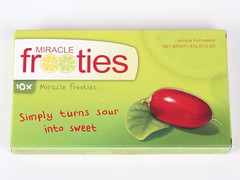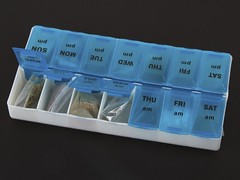
Ever since we released our Three Fives discrete 555 timer kit last year, people have been asking us “When are you going to come out with a 741 op-amp?” It has taken us quite a while to get here, but the answer is… Today!
Our XL741 Discrete Operational Amplifier is a real, working op-amp that you can build yourself. It’s a transistor-scale version of the original ?A741 integrated circuit, that incredibly versatile and popular analog workhorse. As with our 555 kit, you can probe inside to see the inner workings of the circuit as it works. And, like our 555, it comes with a beautiful anodized aluminum “IC legs” stand, so it even looks great when it isn’t plugged in.
The kit was designed and developed as a collaboration with Eric Schlaepfer, and is a direct adaptation of the equivalent schematic from the original Fairchild ?A741 datasheet.

If you’ve ever used operational amplifiers, you’re probably familiar with the ?A741 (or colloquially, just “the 741”). Designed by Dave Fullagar and released by Fairchild in 1968, it’s the quintessential and most popular op-amp of all time. While newer op-amp designs easily outperform the ?A741 in just about every possible respect (speed, noise, voltage range, and so on), the 741 remains widely beloved and in active production by multiple manufacturers even today — over 45 years later.

And, if you haven’t used an op-amp, this a great way to learn. Op-amps are simple, wonderful building blocks for making analog computers. With op-amps, you can build circuits that can (for example) add, subtract, amplify, take logarithms, perform integration, or perform other operations on your signals. Or buffer and copy them, or cleanly convert current to or from voltage, and on and on and on.
A regular op-amp is an integrated circuit; a little black box. The XL741, on the other hand, is a big black box, with a heck of a lot of points where you can can probe inside, to see what’s going on, in real time. And that’s a unique opportunity.

The XL741 is a quick, easy to build soldering kit, with through-hole components, and not too many of them. (And, have you see our awesome resistor wallets?)
And, best of all, the XL741 is in stock, and begins shipping today.
Visit our store page for links to the XL741 datasheet, assembly instructions, and additional documentation resources.





